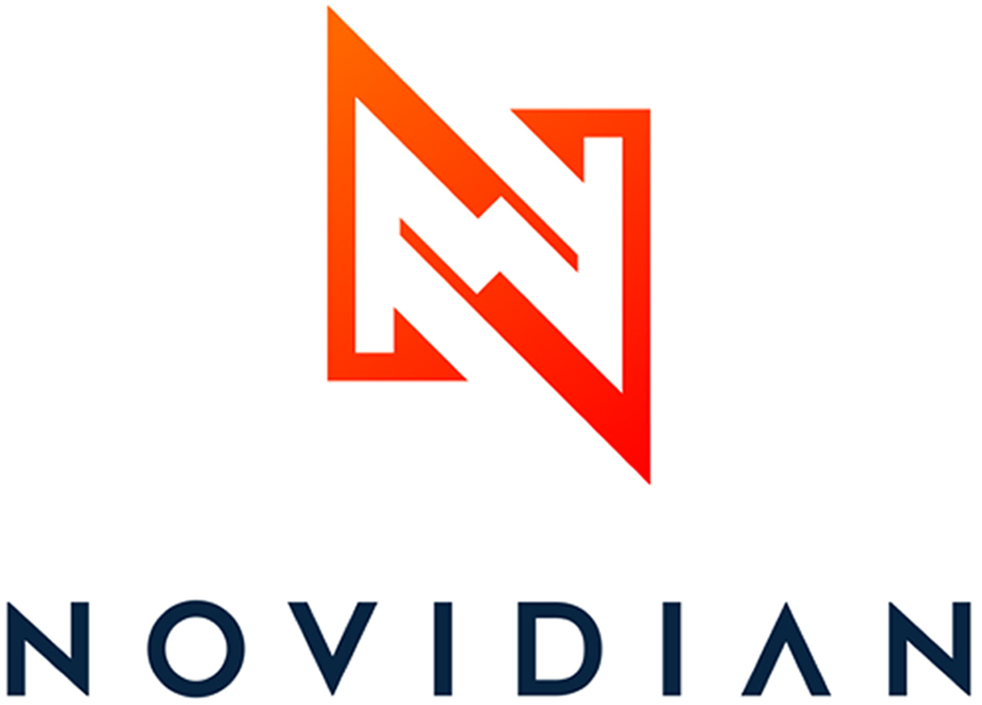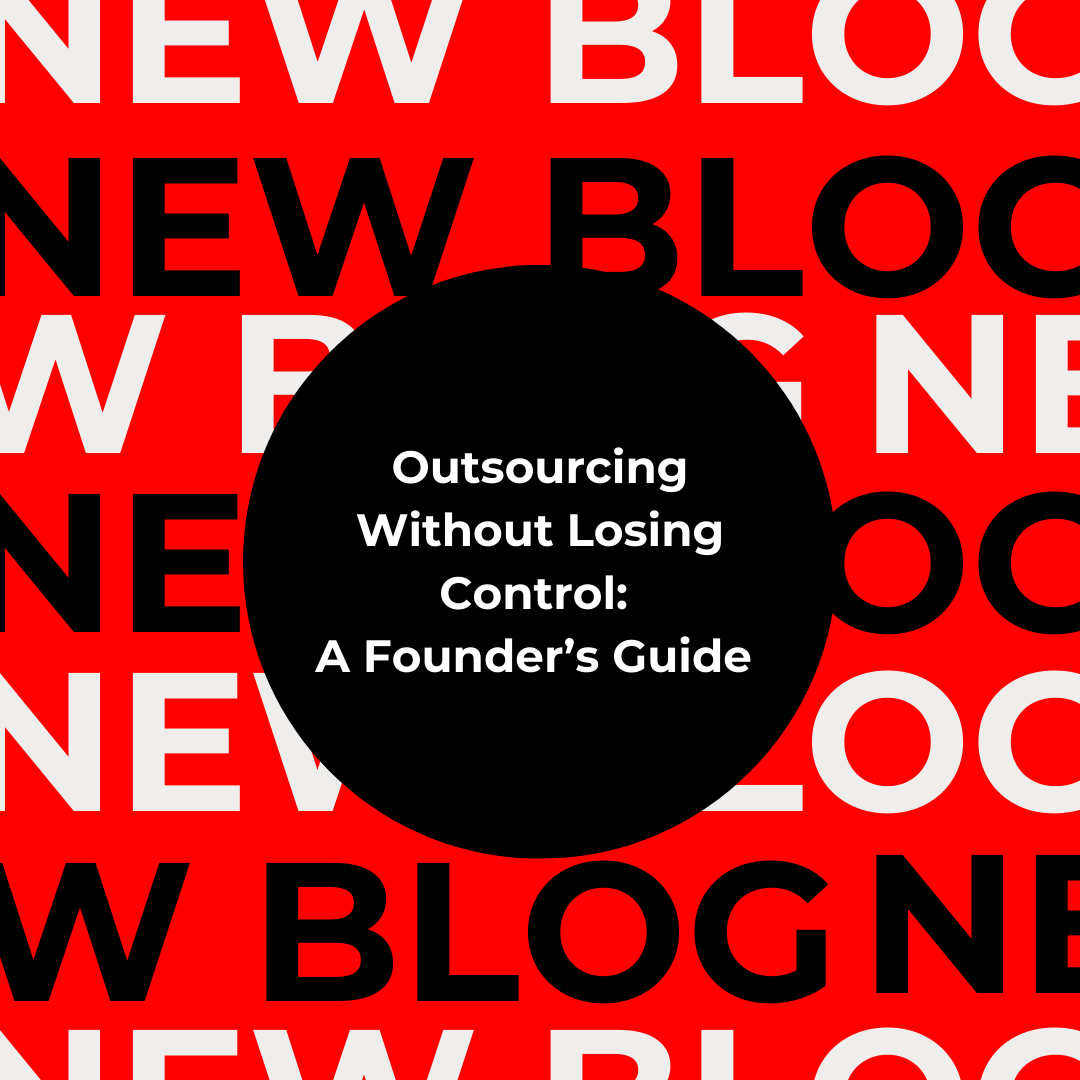Outsourcing Without Losing Control: A Founder’s Guide
The Founder’s Dilemma
For many startups, outsourcing feels like the obvious answer. When you’re moving fast, bringing in an agency or offshore team can seem cheaper and quicker than hiring in-house.
And often, it works, to a point. Outsourcing gives access to skills you don’t have, reduces short-term costs, and gets projects moving.
The risk? Without oversight, outsourcing can slowly chip away at your visibility. Founders may end up with code they don’t understand, systems they can’t scale, and delivery timelines that keep slipping.
In today’s funding climate, where capital is tighter and investors expect clarity, outsourcing without accountability is risky.
Why Outsourcing Goes Wrong
Outsourcing itself isn’t the problem, it’s what happens when no one senior is guiding the process. Common pitfalls include:
- Black box delivery: Agencies build, but don’t explain. Founders lose visibility into decisions.
- Misaligned incentives: External teams optimise for “done” over “done well.”
- Code dependency: Without documentation or shared knowledge, you’re tied to one vendor.
- Hidden costs: Cheap day rates can mask expensive rework later.
These risks aren’t rare. McKinsey has written extensively about IT project failures, with 17% of large IT projects going so badly they threaten the company’s survival (McKinsey, 2012). While startups move faster and smaller, the same principles apply: weak oversight means fragile outcomes.
The Illusion of Savings
Outsourcing is often sold on cost savings. And in the short term, it can be cheaper than building an in-house team. But what looks affordable today can create expensive problems tomorrow.
Research from PwC (2023) highlights this tension: while cost savings are the most common driver for outsourcing, executives consistently cite loss of oversight and poor outcomes as the greatest risks.
Without leadership to set guardrails, outsourcing simply pushes risk into the future, often surfacing just as investors start asking harder questions.
What Good Outsourcing Looks Like
Outsourcing doesn’t have to mean giving up visibility. In fact, with the right structure, it can accelerate progress. The difference is whether leadership is present to give vendors direction and hold them accountable.
Strong outsourcing strategies share three traits:
- Clear ownership: Even if an external team is building, someone inside your startup must own the vision and hold the vendor accountable.
- Documentation and transparency: Every sprint, decision, and architectural choice should be documented and visible. This avoids the “black box” effect and keeps knowledge inside your business.
- Leadership oversight: Outsourced teams need direction. Without technical leadership to set standards, review work, and flag risks, quality drifts and costs rise.
These aren’t theoretical ideas. They’re practical steps that separate founders who use outsourcing as leverage from those who end up trapped by it.
Why Leadership Matters Most
This is where CTO-level leadership makes the difference. It’s not about writing every line of code, it’s about setting the guardrails.
A CTO brings:
- Clarity of standards defining what “good” looks like for code, security, and delivery.
- Vendor accountability ensuring agencies and freelancers align with business goals, not just project deadlines.
- Continuity keeping knowledge inside the business, not locked in an external partner.
- Investor confidence showing you’re in charge of your own product.
As Harvard Business Review has noted, governance and leadership are the top predictors of outsourcing success, not cost alone (HBR, 2019).
Flexible Ways to Get Leadership
The reality is most early-stage founders don’t have a full-time CTO. But that doesn’t mean going without guidance.
There are now flexible ways for founders to get that oversight, keeping delivery accountable, reducing vendor risk, and giving investors confidence. At Novidian, that means:
- Fractional CTO support bringing in senior input for a few days a month to oversee vendors, review architecture, and prepare investor updates.
- CTO in Your Pocket Novidian’s AI-powered platform that gives founders instant answers, templates, and oversight tools, a low-cost way to bring structure and clarity to outsourcing decisions.
Both approaches provide accountability without the overhead of a permanent hire. The aim isn’t to replace vendors, it’s to make sure outsourcing delivers value, not hidden risk.
Final Thought
Done right, outsourcing is powerful. It allows startups to stay lean, access global talent, and move quickly. But done blindly, it can store up technical debt, dependency, and hidden costs.
The difference is leadership. With the right guardrails, outsourcing accelerates growth. Without them, it becomes a liability.
As a founder, you don’t need to code every feature or manage every sprint. But you do need visibility, accountability, and a strategy that ensures your tech remains your asset not your liability.
At Novidian, we help founders strike that balance. Whether through Fractional CTO support or CTO in Your Pocket, we provide the oversight that keeps you in control, even when delivery is outsourced.
If you’re outsourcing, or considering it, ask yourself: do you have the guardrails in place to stay on top of it? If not, now’s the time to put them there.
👉 No full-time CTO? No problem, see how we can help here

